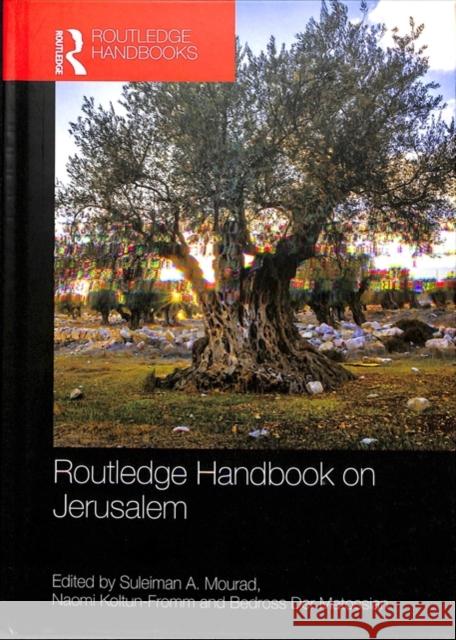Routledge Handbook on Jerusalem » książka
Routledge Handbook on Jerusalem
ISBN-13: 9781138936935 / Angielski / Twarda / 2018 / 436 str.
Routledge Handbook on Jerusalem
ISBN-13: 9781138936935 / Angielski / Twarda / 2018 / 436 str.
(netto: 1024,10 VAT: 5%)
Najniższa cena z 30 dni: 1032,66
ok. 22 dni roboczych
Dostawa w 2026 r.
Darmowa dostawa!
Few cities around the world transcend their physical boundaries the way Jerusalem does. As the spiritual capital of monotheism, Jerusalem has ancient roots and legacies that have imposed themselves on and accompanied its inhabitants throughout the centuries. In this respect, Jerusalem is a physical place and an abstraction, and both changes and grows in the experiences and imaginations of those who dwell in it- or in whom the city dwells. Consisting of 35 chapters from leading specialists, the Routledge Handbook on Jerusalem provides a broad spectrum of studies related to the city and its history. Beginning with a historical overview, the chapters also focus in on the major accomplishments of particular periods, such as the Holy Sepulchre or the Dome of the Rock. Individual chapters arededicated to major architectural monuments. This is followed by chapters addressing particular issues or themes, including religious symbolism and pilgrimage, religious and social relations, social and economic history, architecture and archaeology, maps, eschatology, and politics. The subject of Jerusalem receives plenty of attention in universities at all levels. Many teach and study Jerusalem as a religious place. Others focus on the many social and geopolitical issues relating to it (in the context of a wider Israeli/Palestinian or Middle Eastern setting). Some others study Jerusalem indirectly in novels and memoirs of people who have lived in the city, visited it, or imagined it. This handbook unites all these aspects of the study of Jerusalem in one volume, addressing the city's many layers, whether religious, historical, or economic, or archaeological, artistic and architectural.











